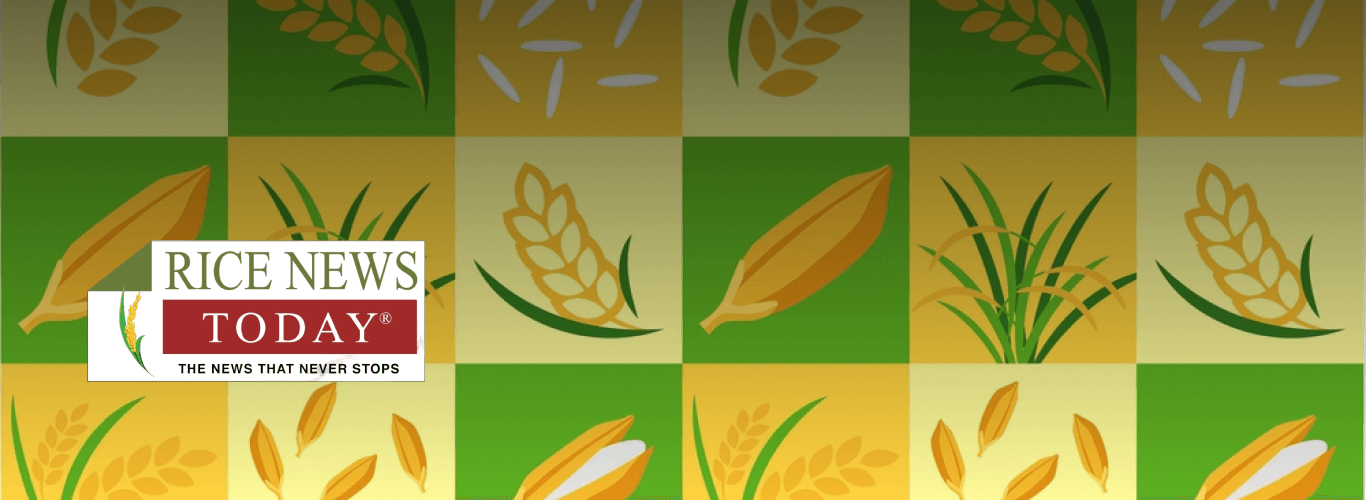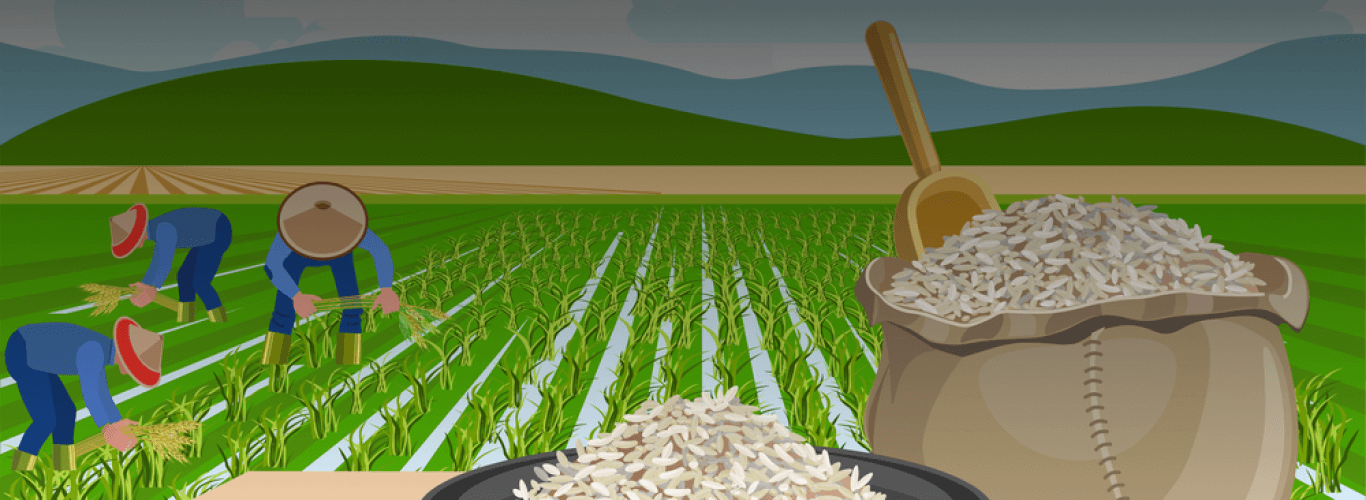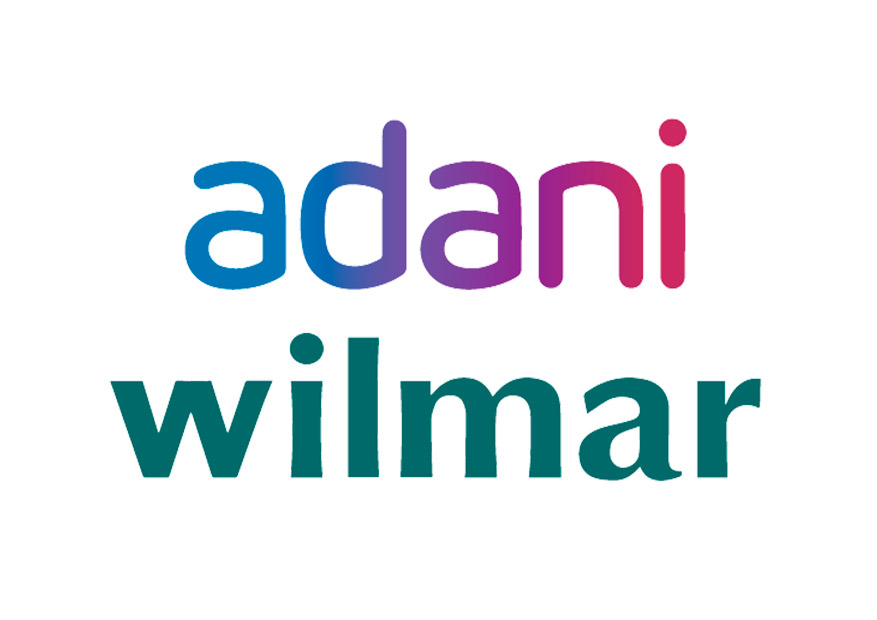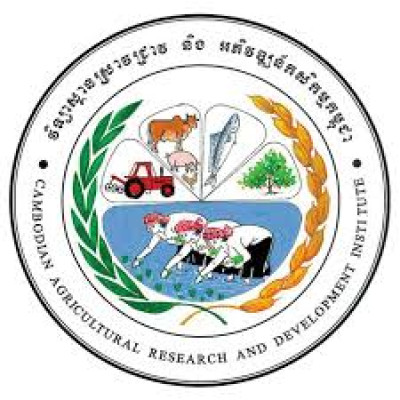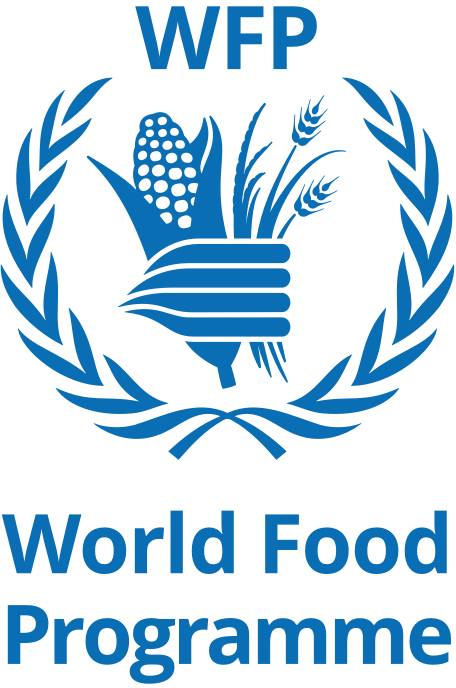Weekly Rice Market
(Indicative Quotes)
Basmati Rice
Basmati Rice | Indicative Quotes | Updated Weekly
Global Market | White Rice
White Rice | Indicative Quotes | Updated Weekly
| Origin | Type of Rice | Variety Name | Broken | Price | Change | High | Low |
|---|---|---|---|---|---|---|---|
| India | Milled White Rice | Long Grain | 5% | $353 | +4 | $380 | $348 |
| India | Milled White Rice | Long Grain | 5% | $381 | +4 | $496 | $379 |
| Pakistan | Milled White Rice | Long Grain | 5% | $358 | +3 | $360 | $334 |
| Pakistan | Milled White Rice | Long Grain | 5% | $380 | +3 | $640 | $380 |
| Pakistan | Milled White Rice | Long Grain | 5% | $590 | +3 | $613 | $488 |
| Thailand | Milled White Rice | Long Grain | 5% | $430 | +3 | $430 | $351 |
| Thailand | Milled White Rice | Long Grain | 5% | $387 | +3 | $669 | $387 |
| Thailand | Milled White Rice | Long Grain | 5% | $596 | +3 | $659 | $469 |
| U.S | Milled White Rice | Long Grain | 4% | $566 | 0 | $622 | $566 |
| U.S | Milled White Rice | Long Grain | 4% | $654 | 0 | $818 | $654 |
| U.S | Milled White Rice | Long Grain | 4% | $798 | 0 | $798 | $708 |
| Vietnam | Milled White Rice | Long Grain | 5% | $367 | +4 | $403 | $363 |
| Vietnam | Milled White Rice | Long Grain | 5% | $386 | +4 | $657 | $382 |
| Vietnam | Milled White Rice | Long Grain | 5% | $579 | +4 | $667 | $445 |
News

India’s domination...
Reuters NEW DELHI: When India overtook China as the world’s largest producer of rice this year, the country’s politicians and agriculture lobby marked the moment by praising

MAFF signs $13M su...
Mom Kunthea / Khmer Times Synopsis: The deal is the largest signing to date and will provide capital support to more than 1,500 rice farmers cultivating over 15,000 hectares. The

DA ready for ‘key ...
By: Logan Kal-El M. Zapanta Will 2026 be the year the Marcos administration fully delivers on its campaign promise of bringing rice prices down to P20 per kilo? That is

Indonesia to stop ...
Source: Jakarta Global Indonesia will not import strategic food staples such as corn, rice and sugar for consumption in 2026, as stocks carried over from this year remain

Viet Nam expands p...
The agricultural extension sector is actively promoting socialisation to maximise its potential through public-private partnerships (PPP), thereby promoting the transfer of

Agri dept expandin...
Jekki Pascual, ABS-CBN News MANILA — Agriculture Secretary Francisco Tiu Laurel Jr. has announced an expansion of the government’s P20-per-kilo rice program this 2026,

Centre to procure ...
Patra said paddy procurement is underway in 18 of 30 districts, and the state has secured 10.50 lakh MT of paddy from around 2.30 lakh farmers during the ongoing kharif season.

Philippines rice p...
By John Reidy MANILA, PHILIPPINES — Typhoon-related losses and challenging post-harvest conditions are taking their toll on 2025-26 rice production for the Philippines, but

Water conservation...
Localities in the Northern Midlands and Red River Delta will begin the first water intake period to serve the sowing and transplanting of the 2025–2026 winter–spring rice crop
Featured Registered Companies
RNT Tube
What Trump’s Tariffs On Basmati Rice Means For India? Experts Answer
December 12, 2025
Statistics
Sustainable Rice
Farmers Place
Upcoming Events
Forex Rates
Open Market Forex Rates
Updated at:
From | ||
|---|---|---|
To | ||
| Countries | Currency | Spot Rate |

Enjoyed the read?
Join our monthly newsletter for helpful tips on how to run your business smoothly


